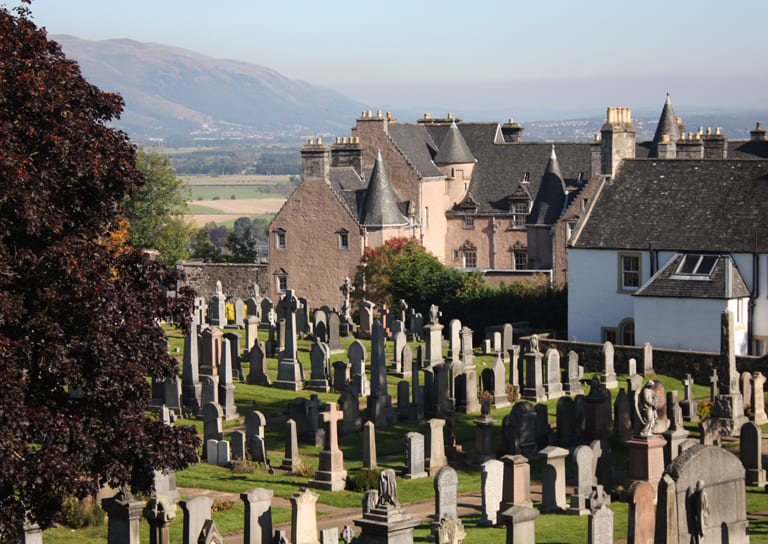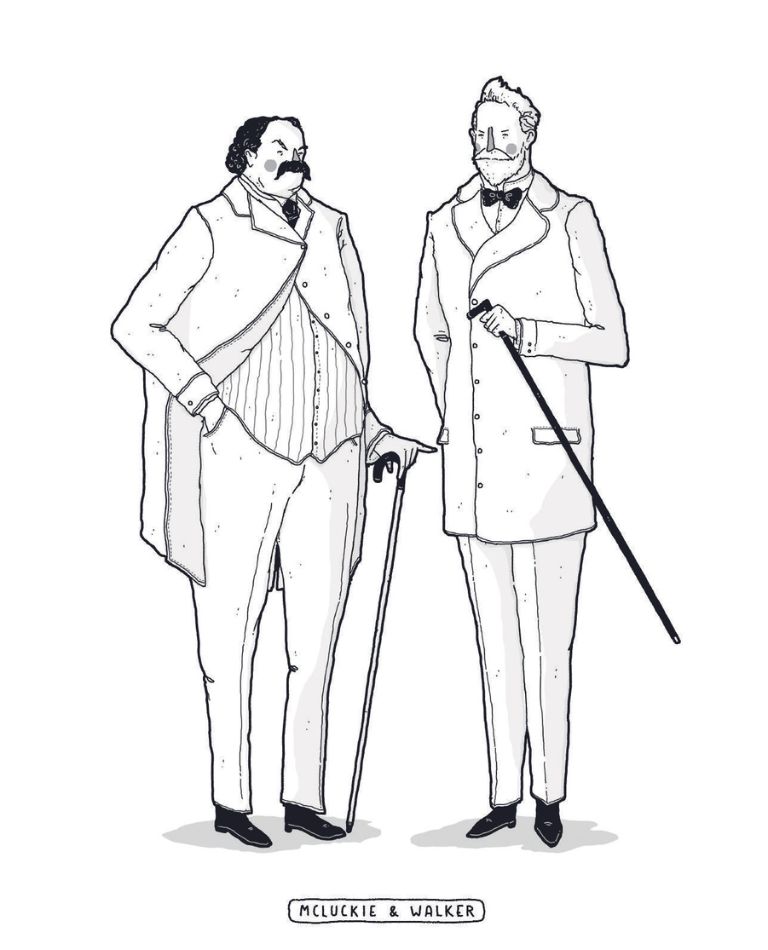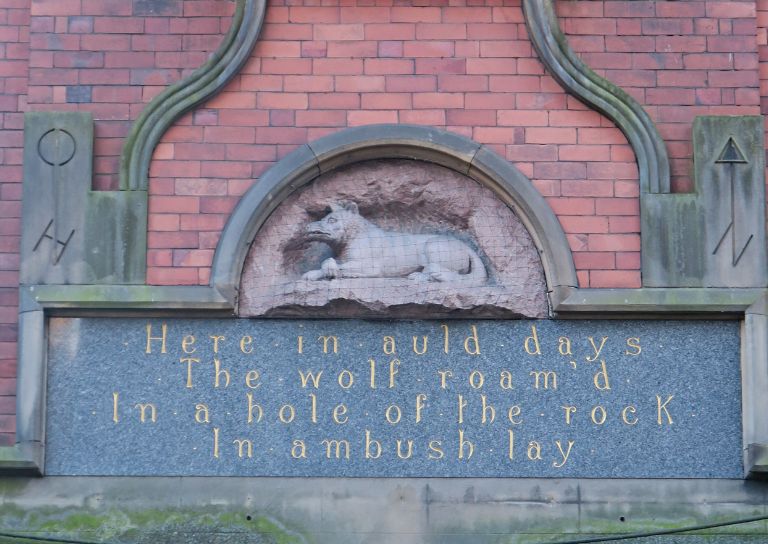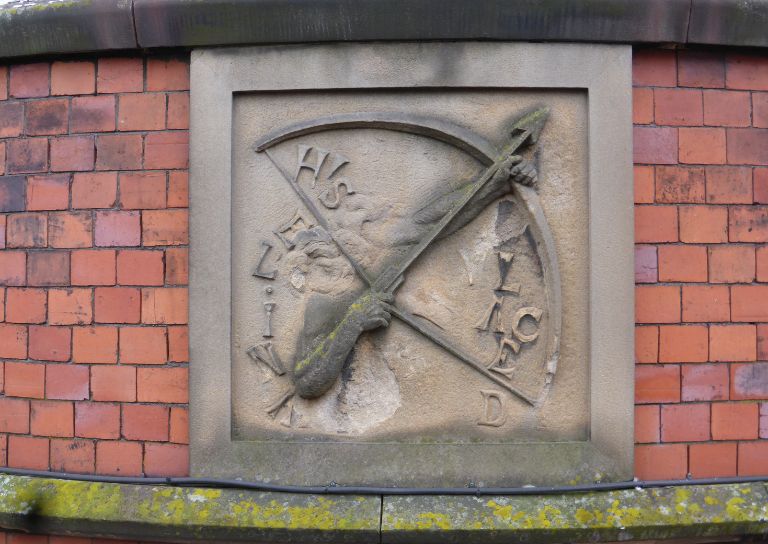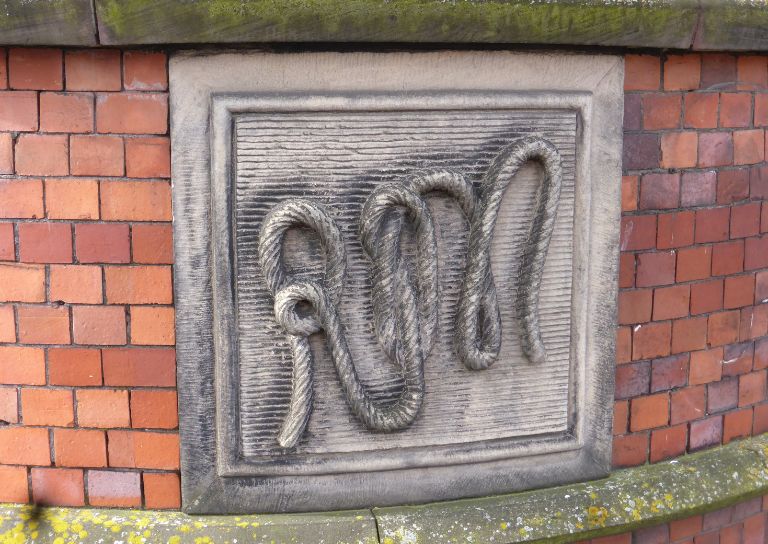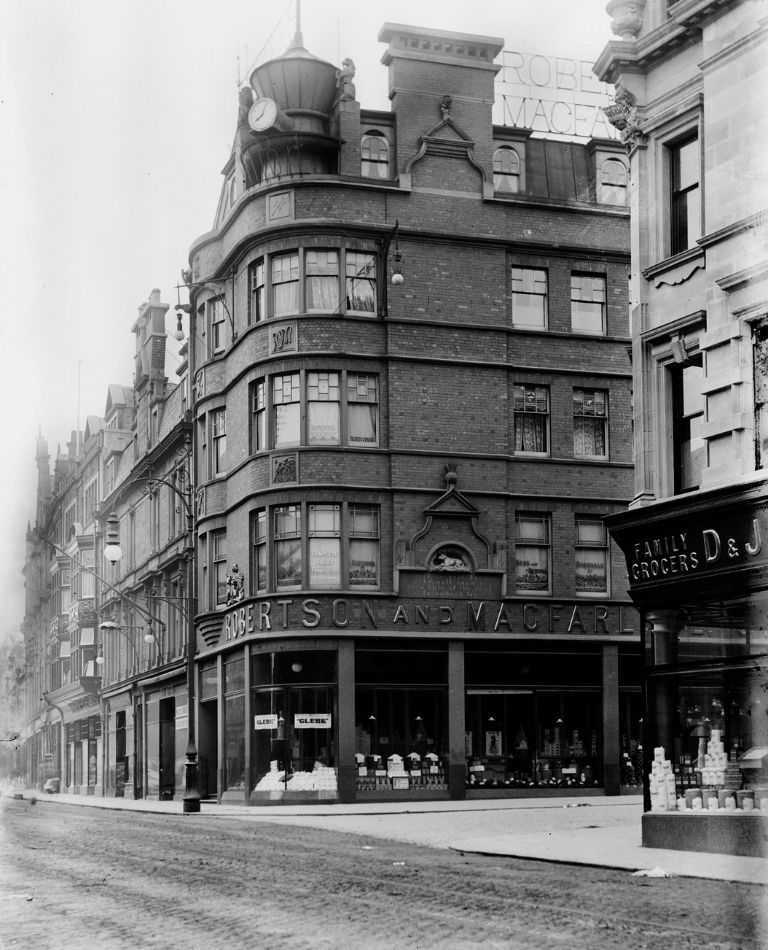- Home
- Our Work

- Stirling's Story

- Blog
- Beechwood House and the Transatlantic Slave Trade

- New Retrofit Service now available for Traditional Buildings Health Check Members

- Retrofitting Traditional Buildings: Chimneys

- SCHT 20: Championing Women in Construction
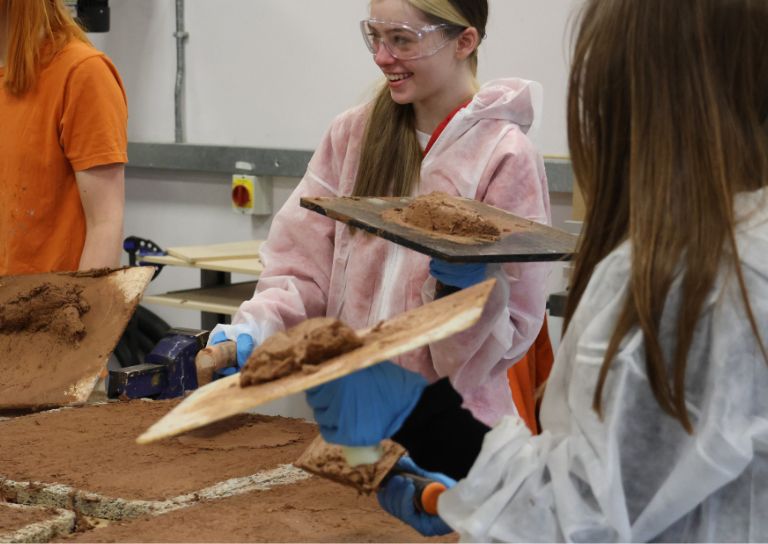
- Stirling's Lost Swimming Pools
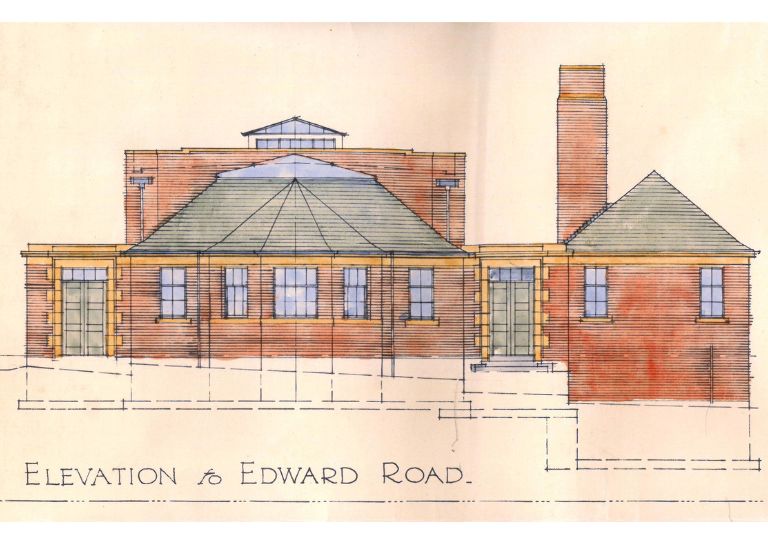
- Women in Construction at Bannockburn House
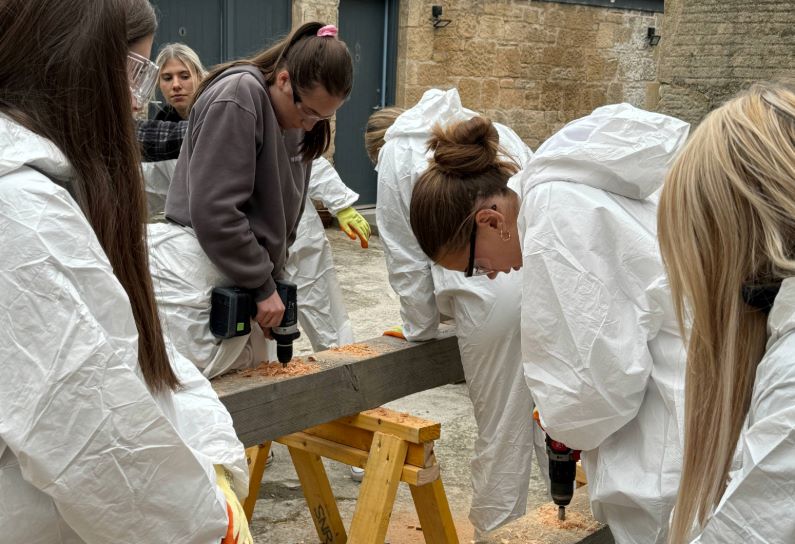
- Avenues to the Past: Stirling’s Historic Streets Exhibition

- Retrofitting Traditional Buildings

- Retrofitting Traditional Buildings: Windows

- Statement on Langgarth House

- Guest Blog: Dementia Friendly Heritage Interpretation

- SCHT Grant Conditions: Owners Associations
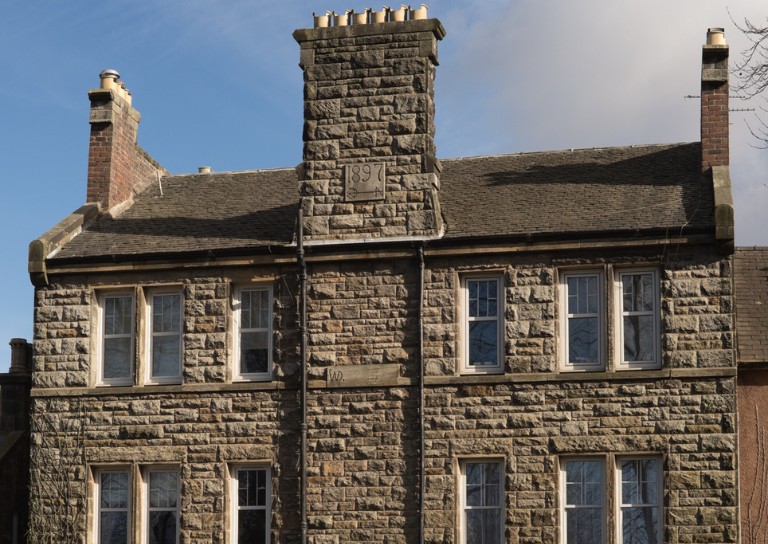
- Stirling Business Awards 2025

- What is a Conservation Area
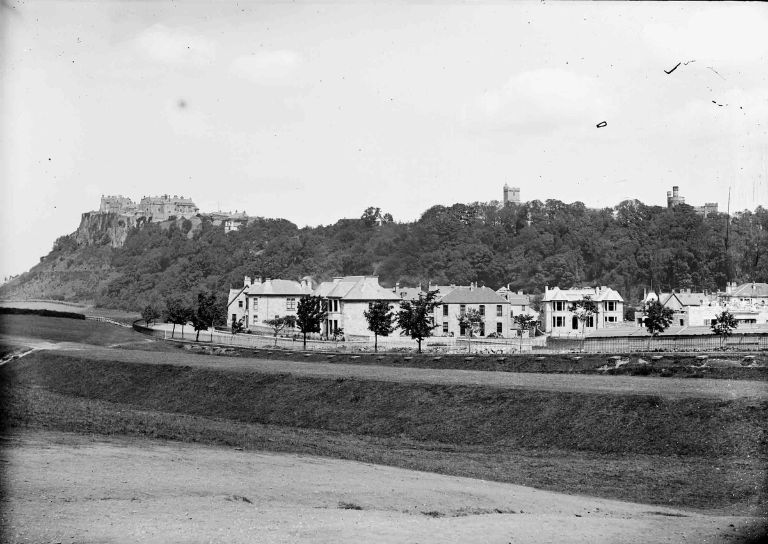
- 20 Great Buildings of Stirling

- Building Resilience: Maintaining Traditional Buildings

- Architects and The Thistle Property Trust

- World Heritage Day: Exploring Hayford Mill

- Community Consultation launched for Stirling’s Heritage Strategy
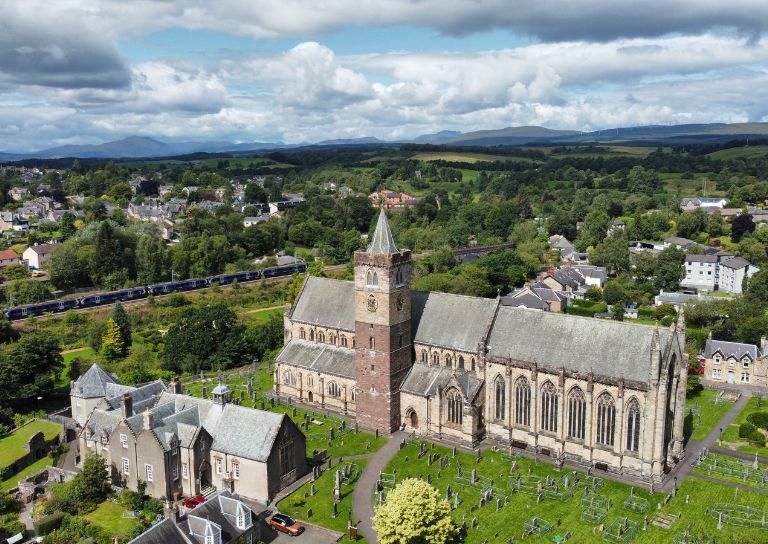
- SVE Inspire Awards September 2024

- Reminiscence Art Project
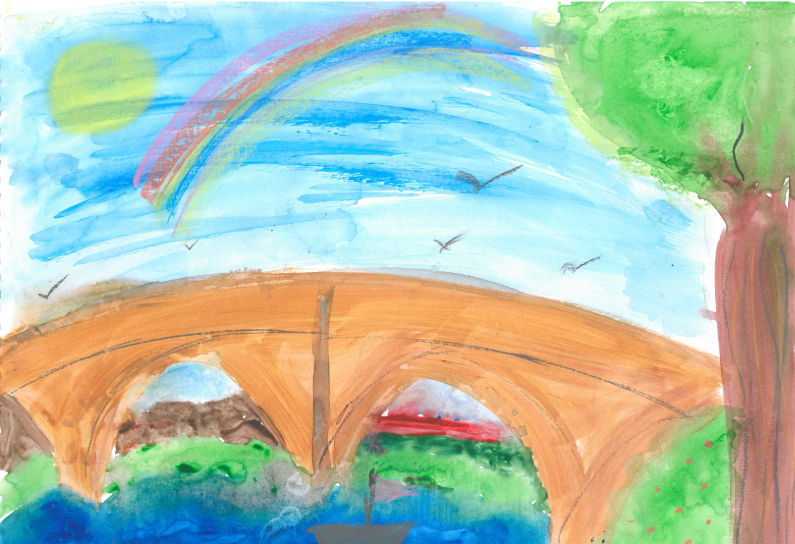
- On the European Stage: Preserving by Maintaining conference, Bratislava
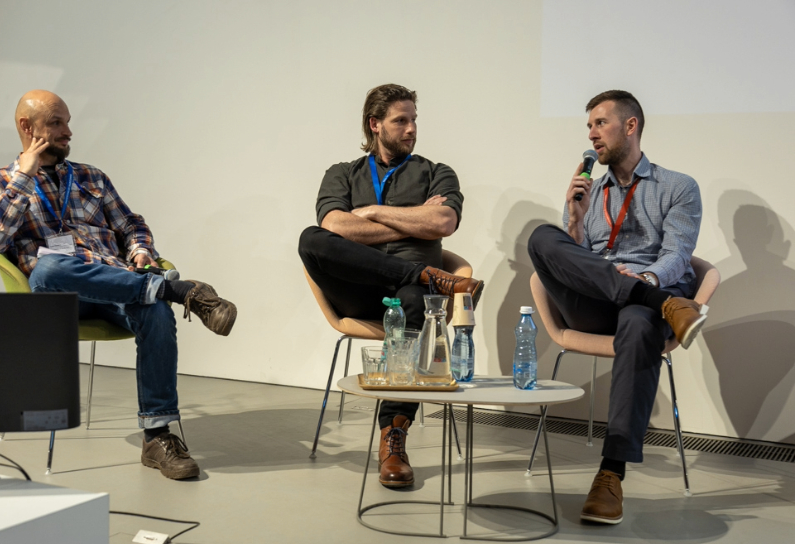
- The Abolition Movement in Stirling

- Shopping Arcades

- Retrofitting Traditional Buildings: Insulation

- Retrofitting Traditional Buildings: Climatic Adaptation
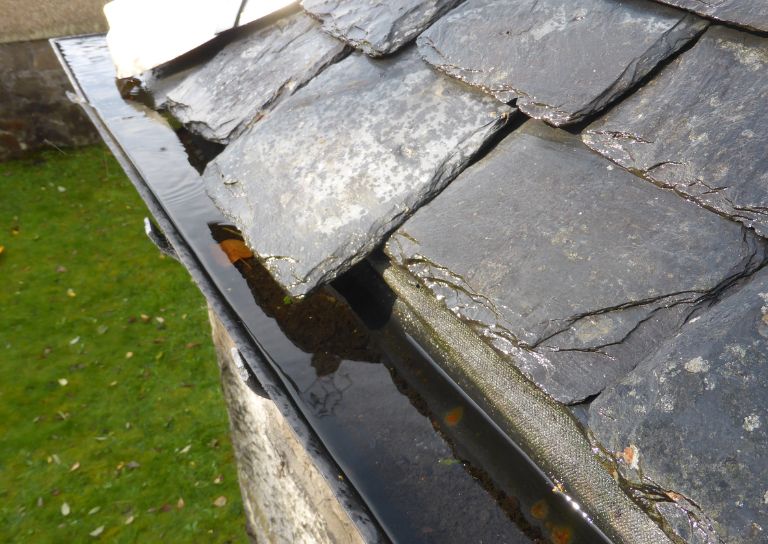
- Kings, Wolves and Drones: 20 years of care and repair at Stirling City Heritage Trust

- Practical Workshop on Retrofitting Insulation with A. Proctor Group

- Marking the 80th anniversary of VE Day
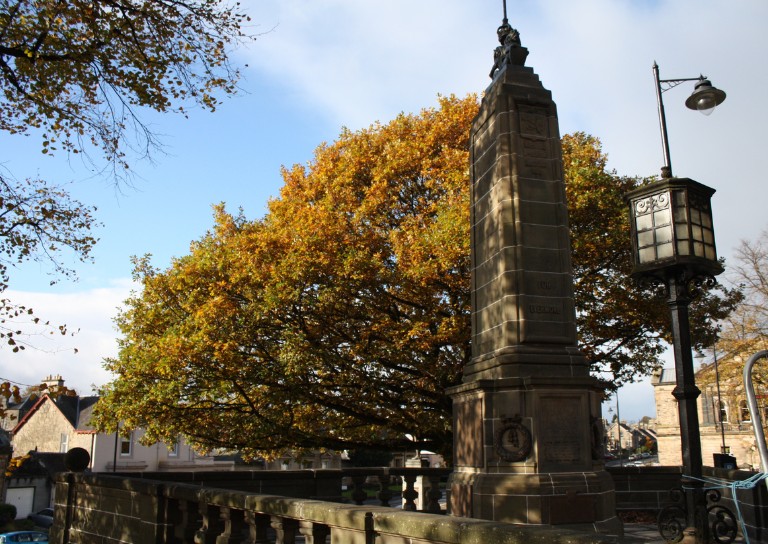
- Walker Family Visit

- Retrofitting Traditional Buildings: Fabric First

- Supporting traditional building repair in Stirling

- Stirling's Historic Jails
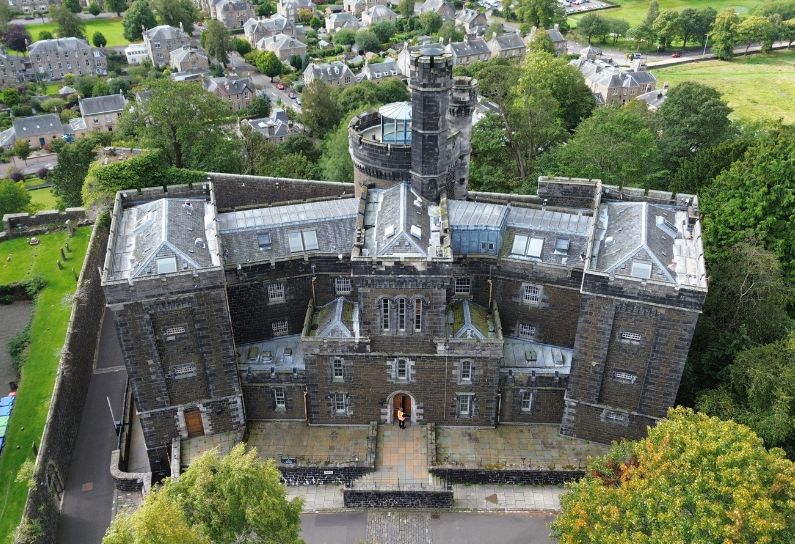
- Ghost Tales from Stirling

- Stirling Reminiscence Box

- Stirling City Heritage Trust at 20

- Retrofit Event: Meet the Suppliers

- Snowdon House and The West Indies

- Miss Curror and the Thistle Property Trust

- Dr Lindsay Lennie retires from Stirling City Heritage Trust
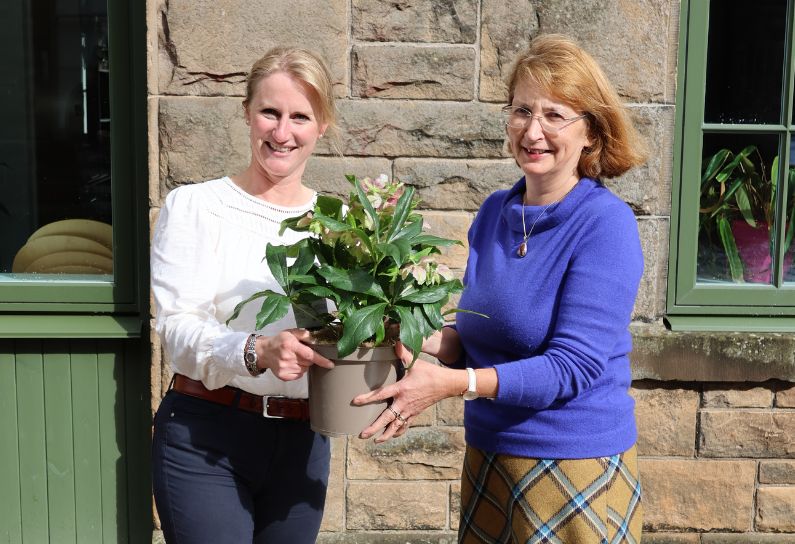
- Stirling’s Streetscape Stories: Photography Workshop

- Level 3 Award in Energy Efficiency for Older and Traditional Buildings Retrofit Course (2 Day)

- Stirlingshire’s Highland Games

- Creative careers in the heritage sector

- Postcards From Stirling

- Stirling’s Gala Days

- Building Surveying Student Intern at Stirling City Heritage Trust

- Heritage Trail: Stirling Walks

- Local History Resources

- Stirling Through the Decades

- Stirling’s STEM Pioneers

- Traditional Skills: Signwriting

- Christian MacLagan, a pioneering lady, but born too soon?

- Traditional Shopfronts in Stirling

- Stirling History Books for World Book Day

- My Favourite John Allan Building by Joe Hall

- My Favourite John Allan Building by Lindsay Lennie

- My Favourite John Allan Building by Andy McEwan

- My Favourite John Allan Building by Pam McNicol

- Celebrating John Allan: A Man of Original Ideas

- The Tale of the Stirling Wolf

- Stirling: city of culture

- Christmases Past in Stirling

- Stirling’s Historic Graveyards

- Top 10 Tips for Architectural Photography

- An Interview with David Galletly

- Springtime in Stirling

- The Kings Knot – a history

- A Future in Traditional Skills

- Robert Burns’ First Trip to Stirling

- Stirling’s Witches

- Stirling’s Ancient Wells

- An architecture student’s take on the City Of Stirling

- Ronald Walker: Stirling’s Architect

- Stirling’s Statues

- Stirling’s Wee Bungalow Shops

- Stirling’s Historic Hospitals

- Women in Digital Innovation and Construction

- Heritage at home: 8 of the best online heritage resources

- Stirling featured at virtual heritage conference

- Five of Stirling’s greatest John Allan buildings

- Women in Construction – Stirling event report

- Scotland’s trailblazing women architects

- Stirling’s Heritage: Spotlight on The Granary

- TBHC Scheme now open to properties in Dunblane and Blairlogie

- How drones help us inspect traditional buildings

- Hazardous Masonry & Masonry Falls

- Mason Bees: What’s the Buzz?

- Stirling Traditional Skills Demonstration Day Success!

- Floating Head Sculpture at Garden Glasgow Festival 1988

- The story behind Paisley Abbey’s Alien gargoyle

- Cambuskenneth Abbey

- Stirling City Heritage Trust Publications

- Sharing Memories: Taking '20 Great Buildings of Stirling' into the community

- William Wallace Statues In Stirling

- Coronations and Royal Christenings in Stirling

- The development of King's Park

- Energy efficiency project awarded grant from Shared Prosperity Fund

- Inspiring the Future: Stirling City Heritage Trust's Women in Construction Event at Wallace High

- Doors Open Days Talk: Who Built Stirling?

- 10 Years of the Traditional Buildings Health Check

- Growing up in Stirling: A Night of Reminiscence at The Smith

- SCHT visit to Brucefield Estate, Forestmill, Clackmannanshire

- Statement on Christie Clock

- Stirling’s Lost Skating Heritage

- Laurelhill House and the West Indies

- Beechwood House and the Transatlantic Slave Trade
- About Us

- Support Us

- Contact

My Favourite John Allan Building by Joe Hall

Building designed by John Allan, Architect, Wolf Craig
Resident of Stirling for long enough to know the place well, I cannot however, claim to be a local though Stirling (or rather its creative community) has been the focus of my work for a decade now. The big black bible on my mother’s side evidences that our family name changed from McGregor to Stirling in 1745 which must indicate some (quite likely disreputable) connection to the place in my ancestry and I have memories of visiting the castle with my family as a wee girl, like almost all Scots do.
Creative Stirling ‘s mission is founded in people and place and through our work our social enterprise has grown roots deep within the social, business and civic ecosystem of this most distinctive of Sottish cities. There are few corners of these familiar built environs where we haven’t had a presence, making an imprint with a pop-up event or where we have a memory to share, working on creative projects with our community. So I am delighted to be given the opportunity to write something about my favourite John Allan building to mark the centenary of the architect’s death this year.
Stirling has more than its fair share of fine civic architecture and our built environment is extraordinary, in spanning and marking the best bits of Scottish History. McLuckie and Walker being just one prolific example, architects from the great Victorian industrial era that working with SCHT last year, we helped celebrate through an exhibition and workshops to honour the remarkable duo, for the Made in Stirling community gallery at our new premises on King Street. These Victorian Gents were apparently too busy to ever have their photograph taken together, so Stirling artist David Galletly was commissioned to create a charming characterisation of them for the exhibition.
The fine and noble designs of McLuckie and Walker and John Allan and the very beautiful historic quarter are what comes to the mind’s eye, when the world thinks of Stirling. I like to think I have a dabblers understanding of Scottish Architecture, in as much that I know my Georgian from my Scots Baronial and love a stately home, and being the child of two Glasgow School of Art trained designers, will always get goosebumps when I visit a Mackintosh property.
Eons ago, whilst talking with a friend outside an infamous eatery now long gone from Friars Street, I noticed something that made me stop and wonder, looking up to the tenement above. Struck by the oddness of the design with its indecipherable symbols on prominent square plaques, I think it was the first thing I ever noticed on a building anywhere, historic or modern, that felt like a complete mystery. From then, I began to notice details on other Stirling buildings that were clearly by the same architect. As someone who has ploughed my own furrow in life, the sentiment ‘Do your best’ an inscription over the door of the Scouts Hall designed by Allan, across from the old town jail offices where Creative Stirling was first based, still resonates whenever I see it.
But the finest and the one that is most resonant with my life now, is the Wolf Craig building at the corner of Port Street and Dumbarton Road. The great disruption of the last two years has altered the course of many lives and fortunes including that of my own family. We were lucky enough to have options and my partner made the decision to start his own greengrocer business after losing his job in theatre. He opened his shop on Port Street in the shadow of the great Wolf Craig red tenement building, with its slightly nautical and vaguely steampunk ‘Cup and Saucer’ Dome that now towers above a corner of the city where a handful of independent businesses are managing to sustain a sense community cohesion and optimism, through what feels like unending challenge.
What we all love about history is when its relatable on a human level. Stories of place reveal themselves over time, something that only comes through becoming invested in our connections with other people. A while back, while searching something online for work, I came across an archive document with an image of the Wolf Craig building (probably around 1910) where emblazoned across the front was ‘Commercial School’ with courses offered for young ladies in office and business administration skills. How forward thinking a concept that must for the time when women were still years from being able to vote. Yet I can easily imagine that such an agency will have then, fairly scandalized Stirling’s contemporary ‘Titans’. I found a very distinguished ‘Portfolio of Portraits of Stirling Titans’ from around the same era, online and what a great deal these exclusively male leaders of business and civil society, thought of themselves.
The rigid binary constructs of that era’s traditional business model, that’s now playing out by leaving ravaged and empty retail units in its wake all over UK high streets, takes me back to Creative Stirling’s purpose – to create opportunity for creativity defined by place, that is defined by the people who live and work here. It still feels like our business objectives to support the creative community, enterprise and culture in a more inclusive way is swimming against the tide, but certainty in a model of working evolving with people and place through changing times, is stronger that ever.
I now consider the rigid constructs of John Allan’s grand red brick building, the symbols and their obscure meaning in the context of the rich but ephemeral memory of all the lives shaped by civic architecture and society, who have passed through its 125 year history. On researching a bit more for this article, I learned that it was once a more antiquated shopping centre before being destroyed (apart from the façade) by fire in 1986.
When built, it was desirable office space for the city’s many notable ‘writers’ among them J&J McLuckie, solicitors for the then grand new Forth and Clyde Railways. The glass fronted street level shop on Port Street was initially ‘McFarlane and Robertsons Fine Greengrocery Emporium’. I think about my partners new shop, borne from the wake of the pandemic and an understanding of how our future habits regarding growing, retailing, local supply chains and eating are set to change and think about how this part of history appears bound to repeat itself.
No matter how much society moves forward and people and habits change, the great buildings of our cities and towns remain. In the here and now, the return of small independent shops and the undoing of the global chains seems inevitable in view of how we must act to address climate change. Port street of 1897 when John Allan’s Wolf Craig was newly built, was crammed with game dealers, fishmongers, straw bonnet, trunk and umbrella makers, cork cutters, tailors, dyers and seam pressers and a hundred other forgotten occupations. In the brief lifetime of those women who were tutored at the Stirling Commercial School how much we have progressed. I bet a few of them did much more for the world than become secretaries.
Allan’s elegant brick design, the signs and symbols and the story of the wolf are well documented and well known, but their meaning remains a little elusive still. Personally, I am happy to compartmentalise the Mormon connections but they are part of a story of our city, nonetheless.
Knowing what I know now about Stirling and about John Allan, I can love the symbolism at face value and be happy to let it remain mysterious. In the end, I have an earned emotional attachment to Allan’s buildings. For me, they epitomise Stirling’s character as a place. Idiosyncratic, full of Historical reference and at times bordering eccentric and occasionally problematic, reflecting a city and its inhabitants that take a pride in its eclectic history and tell an intriguing story.









